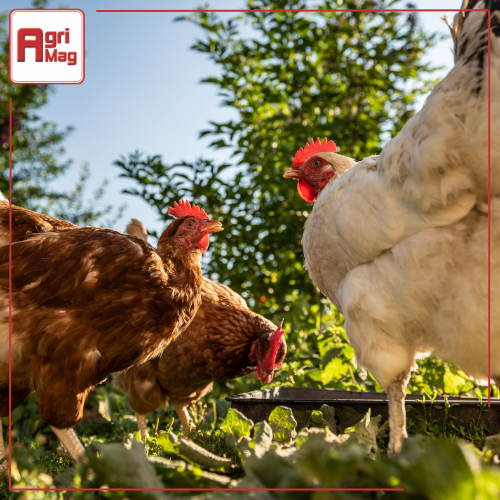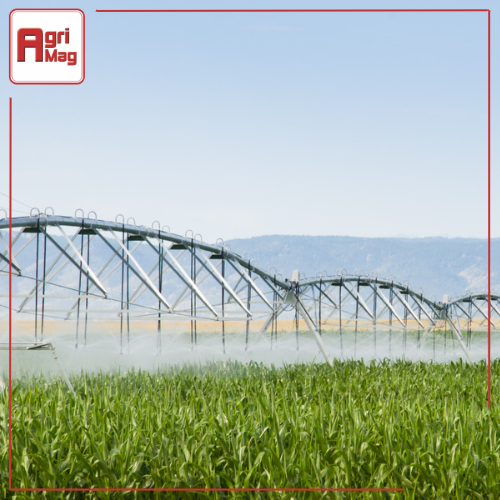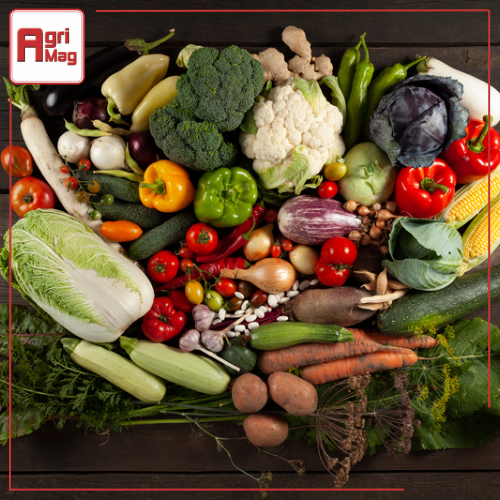
What are Soil Health Indicators and How Can They Help Your Farm?
Date: 08/02/2023
Soil health is a crucial factor in sustainable agriculture and land management, and it’s important to keep track of how your farmland is doing in order to produce good crops. This is where soil health indicators come into play. To assess soil health, various indicators are used to measure its physical, chemical, and biological properties. However, soil health can be impacted by challenges such as degradation from over-tillage and pesticide use, but proper management practices can improve it. Are you in the market for farming equipment to help you manage this? Visit AgriMag today for a wide variety of tillage equipment and farming implements.
A definition of soil health and why it’s important
Soil health refers to the condition of the soil that impacts its ability to sustainably support plant growth and provide essential ecosystem services. It is the sum of physical, chemical, biological, and ecological properties that influence soil productivity, fertility, and overall health.
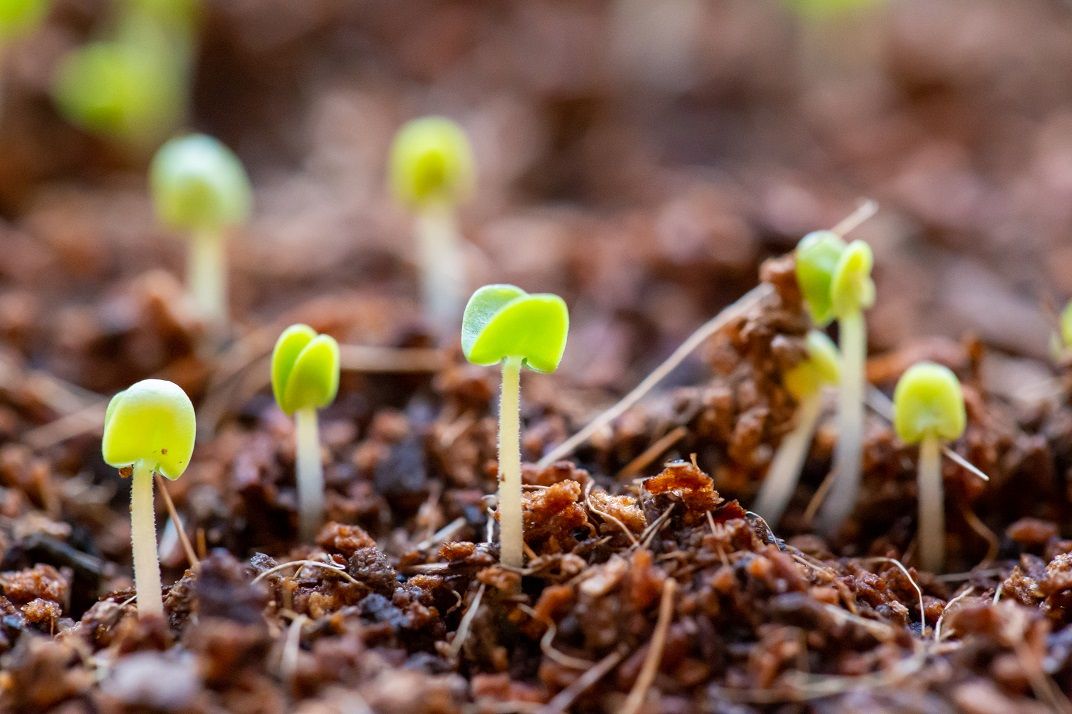 Photo credit: Solo Shutter on StockSnap
Photo credit: Solo Shutter on StockSnap
Soil health is important for a productive farm for several reasons:
Nutrient Availability: Healthy soil contains essential nutrients and organic matter that plants need to grow, providing them with the necessary food to produce healthy crops.
Water Retention: Soil health is crucial for water retention and infiltration, ensuring that plants receive adequate water and are less susceptible to drought.
Soil Structure: A healthy soil structure enables roots to penetrate deep into the soil and access more nutrients, leading to healthier and more productive crops.
Pest and Disease Management: Healthy soil with a diverse range of microorganisms helps control plant diseases and pests, reducing the need for chemical treatments.
Carbon Sequestration: Soil health is crucial for sequestering carbon and reducing greenhouse gas emissions, which can help mitigate the impacts of climate change.
Biodiversity: Healthy soil is essential for supporting a diverse range of plants, insects, and other wildlife, leading to a more productive and sustainable farm ecosystem.
Are you looking for a quick and easy way to improve your farm’s soil health? Read our article about how to use livestock for healthier soil.
Soil Health Indicators
Physical Indicators
Soil Structure
Soil structure refers to the arrangement of soil particles, including sand, silt, and clay, into aggregates or clumps. This arrangement affects the soil's ability to absorb and retain water, store nutrients, and support plant roots. A healthy soil structure allows for good aeration and water penetration, which is crucial for plant growth and overall soil health.
Soil Texture
This refers to the relative proportions of sand, silt, and clay particles in the soil. The texture influences the soil's ability to retain moisture, store nutrients, and promote root growth. For example, sandy soils have large particles that allow water to drain quickly, while clay soils have fine particles that retain water but can become compact and difficult for roots to penetrate. An ideal soil texture has a balance of sand, silt, and clay particles, allowing for good water and nutrient retention, as well as root penetration.
Soil Depth
This is the thickness of the topsoil layer, which is the layer of soil that supports plant growth. A deeper soil layer provides a greater volume of soil for plants to grow in and access to a larger store of nutrients. It also helps to reduce erosion, since deeper soils are more resistant to wind and water movement. A healthy soil depth is essential for sustainable crop production and overall soil health.
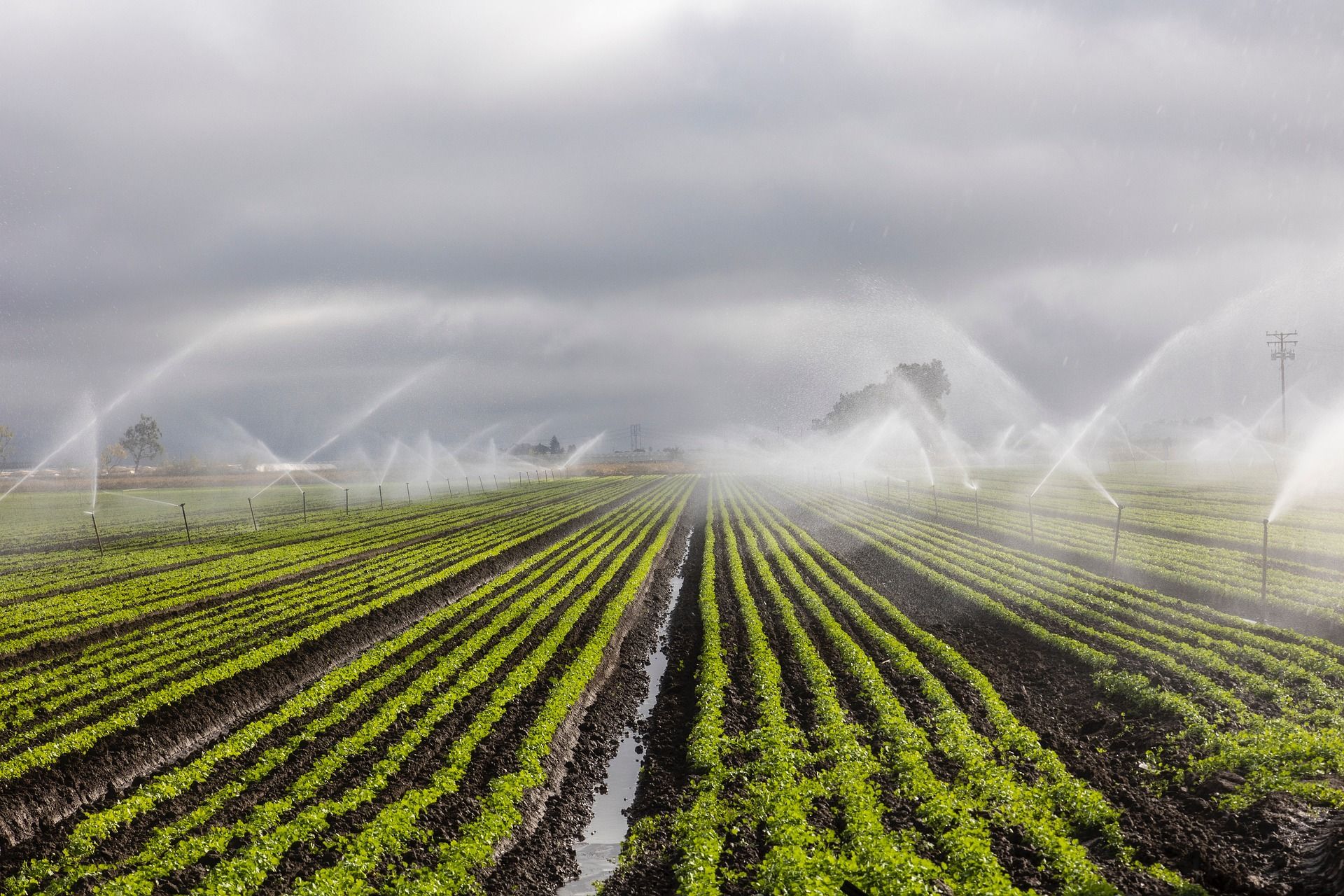 Photo credit: u_cq5nour74s from Pixabay
Photo credit: u_cq5nour74s from Pixabay
Chemical Indicators
pH Levels
pH levels refer to the level of acidity or alkalinity of the soil. The pH scale ranges from 0 to 14, with 7 being neutral. Optimal pH levels for most crops are between 6 and 7. If the pH is too low, it can lead to nutrient deficiencies, while a high pH can result in toxic levels of certain elements. Regular monitoring of soil pH levels is important as it affects plant growth, nutrient uptake, and microbial activity in the soil.
Nutrient Levels
Nutrient levels are the concentrations of essential elements, such as nitrogen, phosphorus, and potassium in the soil. These elements are vital for plant growth and development, and a shortage of any of them can lead to reduced yields and lower-quality crops. To maintain healthy soil, it is important to regularly monitor soil nutrient levels and provide additional nutrients if needed.
Organic Matter
Organic matter content refers to the amount of decomposed plant and animal matter in the soil. It is an important component of healthy soil as it helps to improve soil structure, water-holding capacity, and nutrient availability. Organic matter also provides a habitat for beneficial soil organisms and helps to regulate soil pH levels. Soil with high organic matter content is considered healthy, and the recommended level is between 5% and 10%.
Biological Indicators
Microbial Activity
Microbial activity refers to the number and types of microorganisms present in the soil and their metabolic processes. This is a key indicator of soil health as it reflects the overall health of the soil ecosystem and the ability of the soil to support plant growth. The presence of a diverse range of microorganisms such as bacteria, fungi, and protozoa is important for breaking down organic matter and releasing nutrients for plants to use. High levels of microbial activity indicate a well-functioning soil ecosystem with a balance of nutrients and organic matter, while low levels of microbial activity may indicate soil degradation or stress.
Soil Biodiversity
Soil biodiversity refers to the number and variety of different species present in the soil, including microorganisms, invertebrates, and higher organisms such as earthworms and insects. This is an important indicator of soil health as it reflects the resilience of the soil ecosystem to stress and disturbance, and its ability to provide essential ecosystem services such as nutrient cycling and water retention. High levels of soil biodiversity indicate a well-functioning soil ecosystem, while low levels may indicate soil degradation or stress.
Biomass
Biomass refers to the total amount of organic matter in the soil, including plant and animal material, microorganisms, and their by-products. This is an important indicator of soil health as it reflects the overall fertility of the soil, as well as its ability to support plant growth. High levels of biomass indicate a well-functioning soil ecosystem with plenty of organic matter to support plant growth, while low levels may indicate soil degradation or stress. The presence of large amounts of plant biomass in the soil also helps to improve soil structure, water retention, and nutrient cycling, contributing to overall soil health.
Read more: 7 ways to improve your farm’s productivity
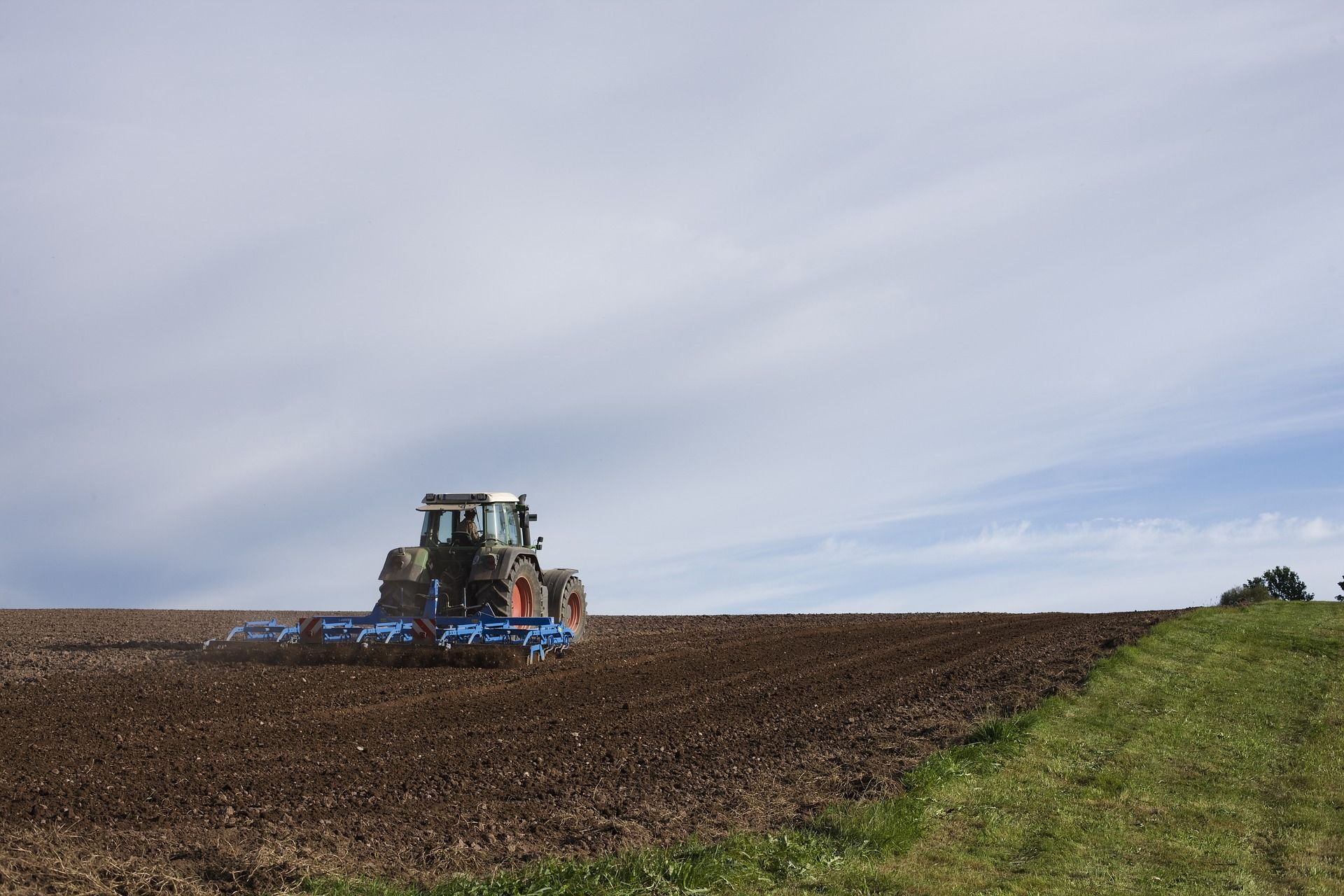 Photo credit: andreas160578 on Pixabay
Photo credit: andreas160578 on Pixabay
Why are Soil Health Indicators important in the Agricultural Industry?
Impact on Crop Yields and Quality
Soil health directly impacts crop yields and quality. Healthy soil is crucial for plants to absorb essential nutrients and water, which in turn, leads to stronger and more productive plants. Poor soil health can lead to reduced crop yields, lower crop quality, and increased susceptibility to diseases and pests. In contrast, healthy soil can result in increased yields, improved crop quality, and reduced dependence on fertilisers and pesticides.
Importance of Maintaining Soil Health for Sustainable Farming Practices
Sustainable farming practices require a healthy soil ecosystem. The soil ecosystem is made up of living organisms, such as microbes and earthworms, that interact with each other to create a balanced and thriving ecosystem. When the soil ecosystem is healthy, it can support healthy plant growth, reduce the need for synthetic fertilisers and pesticides, and improve soil structure and fertility.
Role of Soil Health Indicators in Monitoring and Improving Soil Health in Agricultural Lands
Soil health indicators are important tools in monitoring and improving soil health in agricultural lands. They provide a quick and simple way to assess soil health, making it easier for farmers to determine the best management practices for their fields.
By regularly monitoring soil health indicators, farmers can identify any soil health issues and make the necessary changes to improve soil health. For example, if soil pH levels are too low, farmers can add lime to raise the pH levels and improve soil fertility. Additionally, monitoring soil health indicators can help farmers understand the long-term impacts of their management practices on soil health and make adjustments as needed.
Common Soil Health Assessment Techniques
1. Laboratory Analysis
Laboratory analysis is a common soil health assessment technique that involves collecting soil samples and analysing them in a laboratory setting. The samples are usually taken from different locations within a field and analyzed for various physical, chemical, and biological properties. These properties can include soil structure, pH, nutrient levels, organic matter content, and the presence of pathogens or beneficial microorganisms. The results of these analyses can provide valuable information about the soil’s fertility, nutrient availability, and overall health.
2. Field-based Assessments
Field-based assessments are another common soil health assessment technique that involves evaluating soil properties directly in the field. These assessments can include visual assessments, such as looking at the soil’s structure and tilth, as well as measuring properties like infiltration rate, water-holding capacity, and nutrient availability. Field-based assessments can be performed quickly and inexpensively, and they can provide important information about the soil’s current condition and the changes that may have occurred over time.
3. Remote Sensing
Remote sensing is a relatively new soil health assessment technique that involves collecting information about soil properties from a distance, usually from aerial or satellite images. This type of assessment can provide a comprehensive view of the soil properties across a large area and can help identify patterns and trends that may not be apparent from laboratory or field-based assessments. Remote sensing technologies can be used to measure various properties, including soil moisture content, vegetation cover, and soil erosion, and they can provide valuable information about the health and productivity of agricultural lands.
Soil health is a crucial factor in determining the productivity of a farm. It is the sum of physical, chemical, biological, and ecological properties that influence soil fertility and overall health. The use of soil health indicators, such as soil structure, texture, depth, pH levels, nutrient levels, organic matter, microbial activity, and soil biodiversity, is essential in assessing soil health and ensuring that the soil is able to sustainably support plant growth and provide essential ecosystem services. It is important for farmers to regularly monitor these indicators and implement proper management practices to maintain healthy soil for a productive and sustainable farm. AgriMag has a wide variety of agricultural equipment that can help farmers manage their soil health, planting, and harvesting. Find farming machinery and equipment for sale on AgriMag right now.
Categories:
Common category
Category Search:
Latest articles:

Embracing Organic Farming in South Africa: Minimal Resources

Top Irrigation Tips for Farmers Facing Water Restrictions

Understanding the Role of Truck Tractors in Logistics

